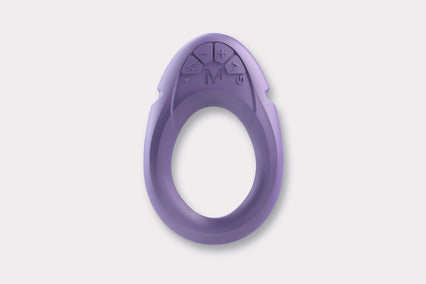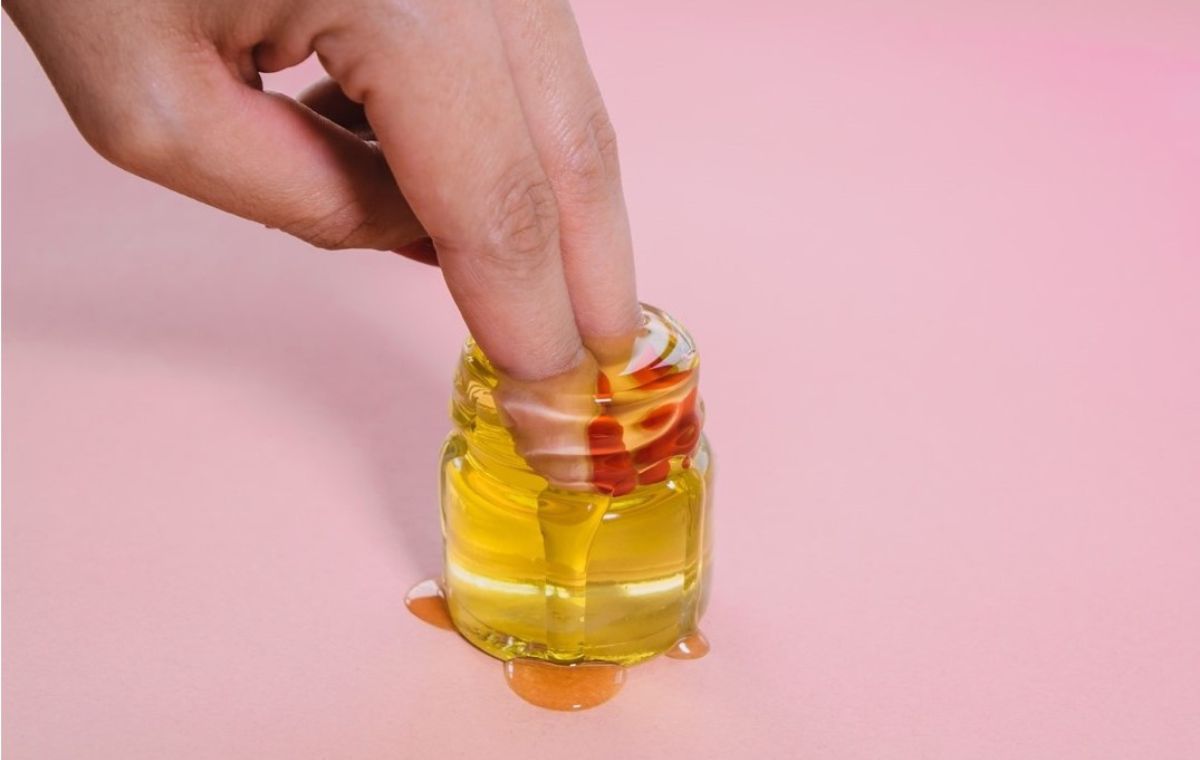If you’re a regular sex toy shopper, you might be familiar with the term ‘body-safe.’ Broadly it refers to sex toys that don’t contain certain materials that can cause reactions, or potentially be harmful for users in the long term. But what exactly counts as ‘body-safe’?
In 2015, shortly after the release of the Apple watch, some users reported getting an itchy, irritating skin rash. Not exactly what you want after paying hundreds of pounds for something you’re supposed to wear against your skin every day.
Apple responded by offering advice on cleaning the watch to prevent straightforward irritation like sweat-chafing, but the company also hired specialist dermatologists to look into whether this could be a longer-term problem for some users.
What does this have to do with sex toys? Well, there are many sex toys which can also cause irritation and pain for users, yet you’re unlikely to see warnings about sex toy materials on consumer organisation websites.
Body-Safe Sex Toy Materials

Kinsey Confidential splits body safety into broadly three categories:
Porosity – whether the toy has tiny holes or ridges that suck in fluids. A glass dildo is entirely non-porous, which means that no lubricant or bodily fluids will soak into the toy during use, making it easier to clean and less likely that you the toy would hold on to infections or bacteria between uses. Silicone – like the silicone used in Crescendo – is also non-porous, whereas jelly sex toys may not be.
Chemical composition – what the toy is made of. There are some chemicals which, though used in a lot of sex toys, could potentially cause irritation or even longer-term harm if they leach into the body. Of particular concern are ‘pthalates’, which are chemical softeners used to give materials like PVC a softer, squishier texture but which have been flagged as potential carcinogens.
Regulation – whether the claims made on the packaging for your sex toys are regulated. In some countries, sex toy regulation is either lax or nonexistent. That means that although there are regulations that will impose hefty fines on companies if they put the wrong kind of meat in your lasagne, a company that uses pthalates in a sex toy and doesn’t tell you won’t be subject to the same sanctions.
If you’re worried about what your sex toy is made of, don’t panic just yet. While there are unscrupulous companies, any ethical sex toy brand will care about your safety: making sex toys with body-safe, non-porous materials and giving you all the information up-front. There are also plenty of sex toy bloggers and reviewers who delve into the details behind sex toys: Lilly, who blogs at DangerousLilly.com, has some great resources if you’re keen to find about more about sex toy safety.

The notes above may sound scary, but as well as bloggers and others in the sex industry investigating claims and safety, a good sex toy brand should understand these issues inside and out. They should make sure that their sex toys all meet high standards in terms of porosity, chemical composition, and information given on the packaging.
But it does raise an interesting question: why is there so little oversight of the sex toy industry? From the press as well as more official bodies?
If Sex Toys Were Fitbits…
Apple wasn’t the only major company that caused users irritation: in 2014 Fitbit issued a product recall over the Fitbit Force, after a number of users complained of rashes, irritation and even burns. Consumers who had bought the $129 fitness tracker were – quite rightly – not going to put up with a product that could cause them so much harm.
Yet similar reactions can be caused by sex toys that aren’t body-safe – ones made of porous material or jelly that contains harmful chemicals. And these aren’t external skin irritations, but problems in more sensitive, intimate areas.

But it’s the ‘sensitive’ and ‘intimate’ that’s the problem here, and it’s why we think Fitbit and the Apple watch are such powerful examples. If sex toys were treated like any other consumer product, the media and regulators would be holding companies to account, and educating consumers on product safety. Sex toys aren’t a niche market any longer: a recent survey estimated that around 3 million people in the UK own one. Compare that to Apple Watches, which around the time of the skin irritation headlines had sold an estimated 2.5-3 million units worldwide.
We’re always talking about how important transparency and communication is when it comes to sex toys, and this is yet another area where more communication and education is key. And talking more openly about sex toys – the practical issues as well as the pleasurable ones – is the first vital step.

















